SOURCE: IDRW.ORG TEAM
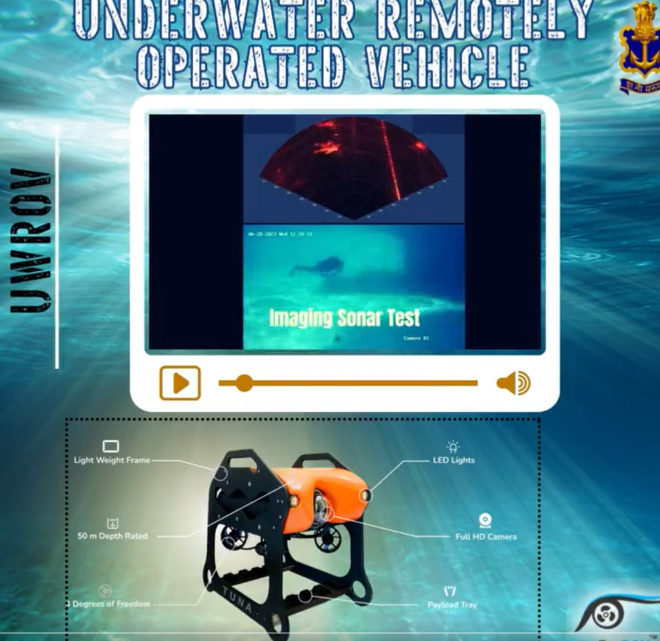
At the Indian Naval Swavlamban2023 event, a groundbreaking innovation captured the spotlight – the EyeROV TUNA, India’s inaugural commercial Underwater Drone/Remotely Operated Vehicle (ROV), developed by EyeROV Technologies Pvt Ltd. This pioneering technology promises to revolutionize underwater exploration and inspection capabilities.
The EyeROV TUNA is classified as an observation class ROV, boasting the remarkable ability to descend to depths of up to 100 meters while providing high-definition live video feeds. Equipped with dual HD cameras, it offers users multiple real-time perspectives, delivering a comprehensive view of the underwater world. Furthermore, its extended endurance, courtesy of multiple batteries, and an impressive tether length of up to 300 meters make it an ideal choice for a wide range of moderately demanding underwater inspections and operations.
Continue readingSOURCE: IDRW.ORG TEAM
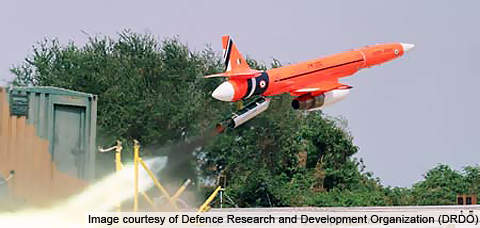
The Defence Research and Development Organisation (DRDO) developed Advanced Pilotless Target Aircraft, known as Lakshya-2. This advanced version of Lakshya-1 boasts a range of capabilities that extend beyond traditional target drones. Among its notable features is its potential use as a low-cost unmanned armed drone capable of carrying weapons.
Lakshya-2 is designed to serve as a target for various weapon systems, including radar-guided and heat-seeking Surface-to-Air missiles, as well as Air-to-Air missiles. One of its key functions is to accurately calculate the miss distance of these weapons, providing valuable data for weapon system evaluation.
Continue readingSOURCE: RAUNAK KUNDE / NEWS BEAT / IDRW.ORG
In an exclusive interview with “Uday India,” Dr Samir V Kamat, Chairman of the Defence Research and Development Organisation (DRDO), provided valuable insights into the journey of the Kaveri Engine—a pivotal component of India’s aerospace ambitions. While acknowledging certain challenges, Dr Kamat unequivocally stated that the Kaveri Engine cannot be branded as a failure, highlighting its ongoing evolution and prospects.
The Kaveri Engine has long been associated with India’s ambitious Light Combat Aircraft (LCA) Tejas program. While it faced difficulties in meeting the desired thrust levels for the LCA platform, Dr. Kamat emphasized that the engine’s story is far from over. He particularly lauded the progress made in the development of the Dry Kaveri engine program. This dry engine variant, devoid of afterburners, has demonstrated its adaptability and utility, especially in the context of future unmanned aerial vehicles (UAVs).
Continue readingSOURCE: RAUNAK KUNDE / NEWS BEAT / IDRW.ORG
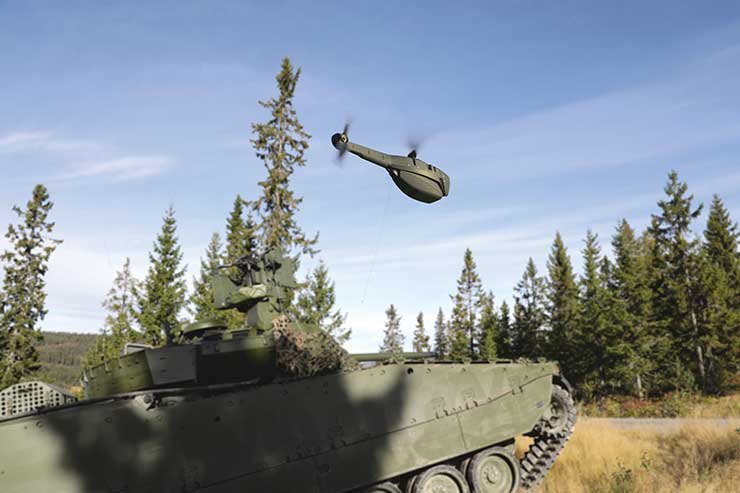
The Indian Army is set to embark on a groundbreaking initiative to integrate micro-drones with its fleet of Main Battle Tanks (MBTs). This visionary project aims to enhance the Army’s combat capabilities by harnessing the power of artificial intelligence (AI) and autonomous aerial systems.
Micro-drones, small unmanned aerial vehicles (UAVs), have emerged as invaluable assets on the modern battlefield. Their compact size and advanced technology make them ideal for a wide range of applications, including reconnaissance, surveillance, and target acquisition. The Indian Army recognizes the potential of micro-drones to revolutionize its operations and is taking decisive steps to leverage this technology.
Continue readingSOURCE: RAUNAK KUNDE / NEWS BEAT / IDRW.ORG
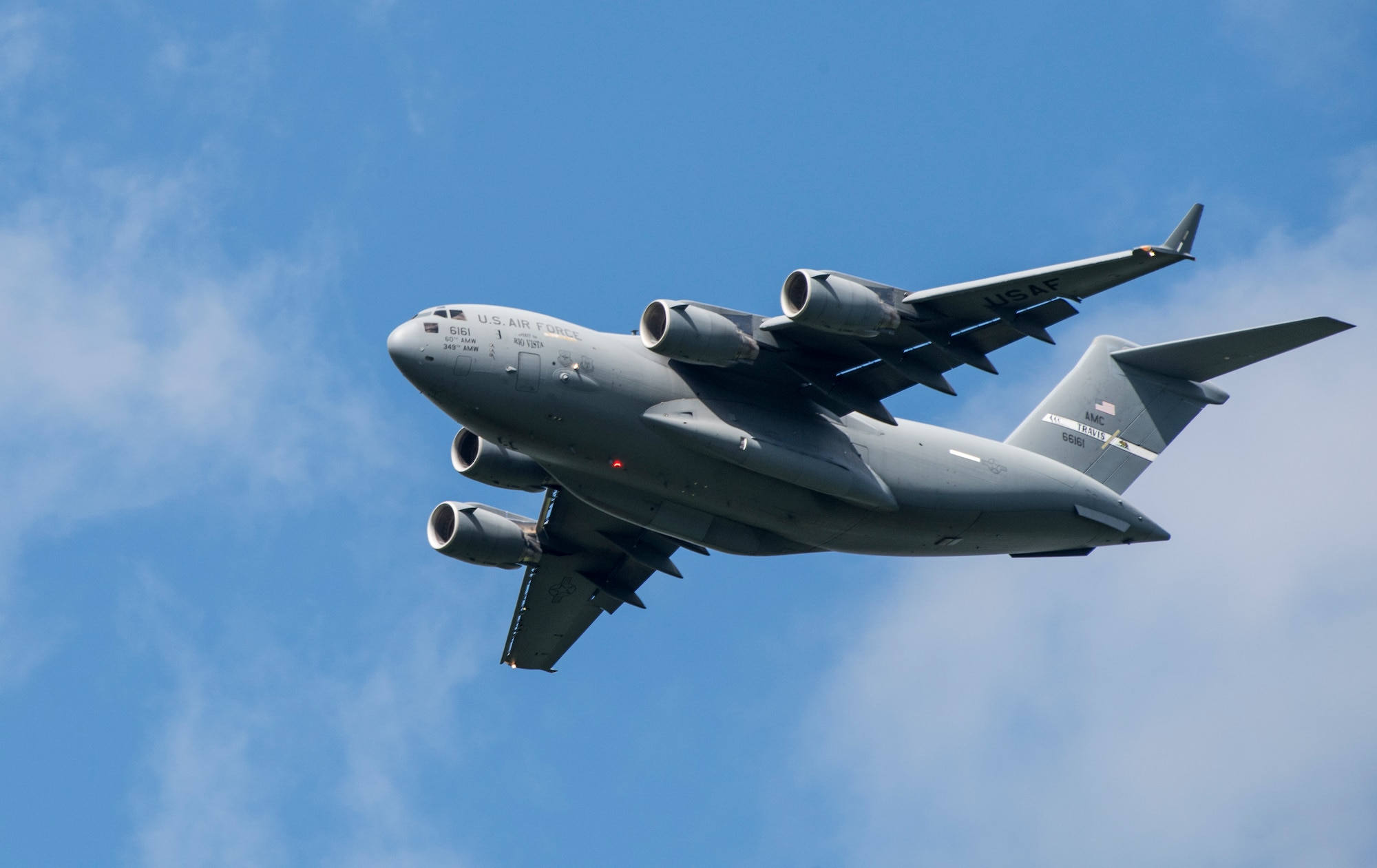
The Pentagon is making efforts to strengthen its military ties with India and prevent further strategic military hardware deals between India and Russia. To achieve this goal, the United States is considering offering India military hardware on a long-term lease, a practice often employed by Russia in its dealings with India.
Over the past few years, the United States has been actively working to reduce India’s military dependence on Russia. While Russia remains India’s largest supplier of military hardware, there has been a noticeable decline in Russian military imports by India, which has dropped by 19% in the last five years, primarily due to sanctions imposed on Russia.
Continue readingSOURCE: IDRW.ORG TEAM
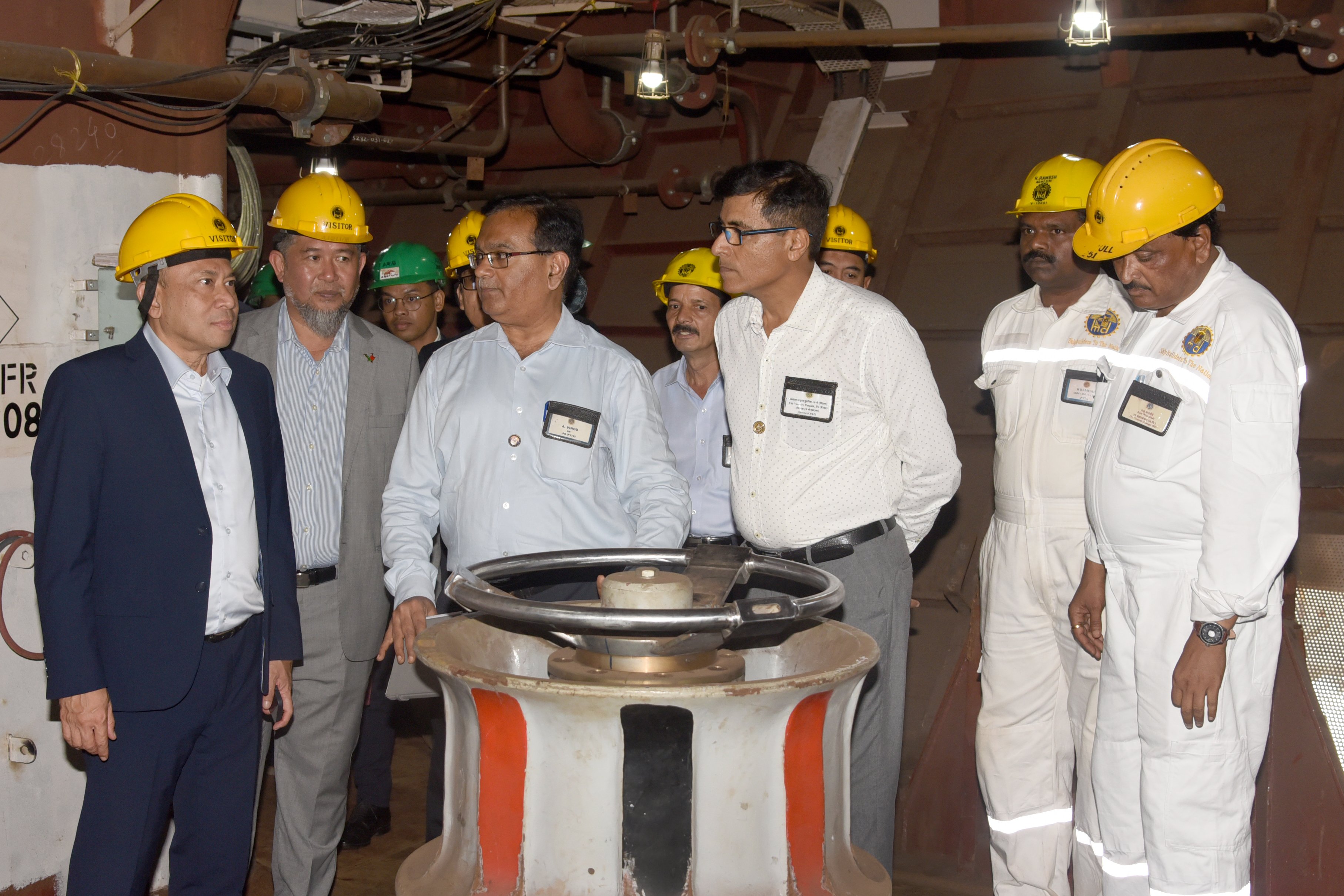
A Malaysian delegation led by Deputy Secretary-General (Policy), Mr. Mohd Yani Bin Daud, paid a visit to Mazagon Dock Shipbuilders Limited (MDL). During the visit, the delegation was given a tour of the yard facilities, followed by a presentation.
The discussions primarily focused on the exploration of possibilities for collaborative efforts in co-design, co-production, and co-development within the defense sector. Both India and Malaysia currently operate Scorpène-class submarines, which are French-designed and developed.
Continue readingSOURCE: RAUNAK KUNDE / NEWS BEAT / IDRW.ORG

The Russian Main Battle Tanks’ performance in the ongoing conflict in Ukraine has raised concerns in India, which boasts one of the world’s largest fleets of Russian-designed T-90 and T-72 Main Battle Tanks (MBTs).
With nearly 4,000 of these tanks in its arsenal, the Indian Army is taking steps to enhance its combat capabilities and address vulnerabilities that have become apparent.
Continue readingSOURCE: RAUNAK KUNDE / NEWS BEAT / IDRW.ORG
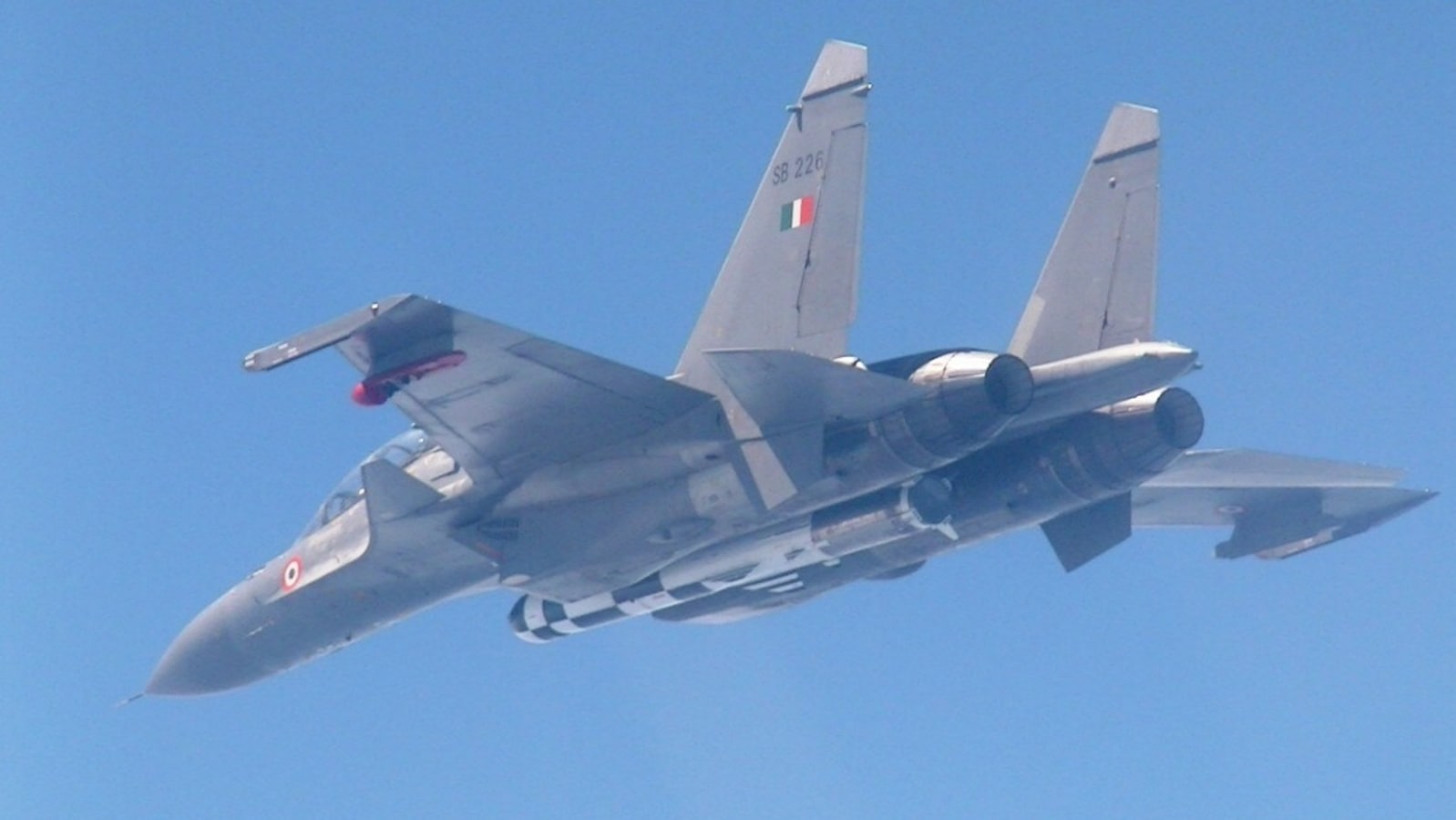
In a significant development, the Indian Ministry of Defence (MoD) has given the green light to a long-pending demand for the acquisition of 12 additional Sukhoi-30MKI aircraft. These aircraft will be locally manufactured by the state-owned Hindustan Aeronautics Limited (HAL) for the Indian Air Force (IAF), with kits to be supplied by Russia.
One of the key aspects of this procurement is that these new Sukhoi-30MKI units are expected to undergo structural hardening. This process is vital to enable these aircraft to operate the 2.5-ton BrahMos-A Air-Launched Cruise Missile (ALCM), a capability exclusive to the modified Su-30MKI.
Continue readingSOURCE: RAUNAK KUNDE / NEWS BEAT / IDRW.ORG

The Combat Vehicles Research and Development Establishment (CVRDE), a prominent laboratory within the Defence Research and Development Organisation (DRDO), is making significant strides in the development of a crucial component for Armoured Fighting Vehicles (AFVs). They are working on a Hybrid Rotary Base Junction (HRBJ) designed to facilitate the seamless transfer of power, control, and various signals between the turret and hull sections of AFVs.
In an AFV, the turret serves as the rotating component housing the main gun, while the hull functions as the mobile platform. Efficient communication between the systems within the turret and the hull is essential for the AFV’s proper operation. However, a suitable HRBJ isn’t readily available as an off-the-shelf product.
Continue readingSOURCE: IDRW.ORG TEAM
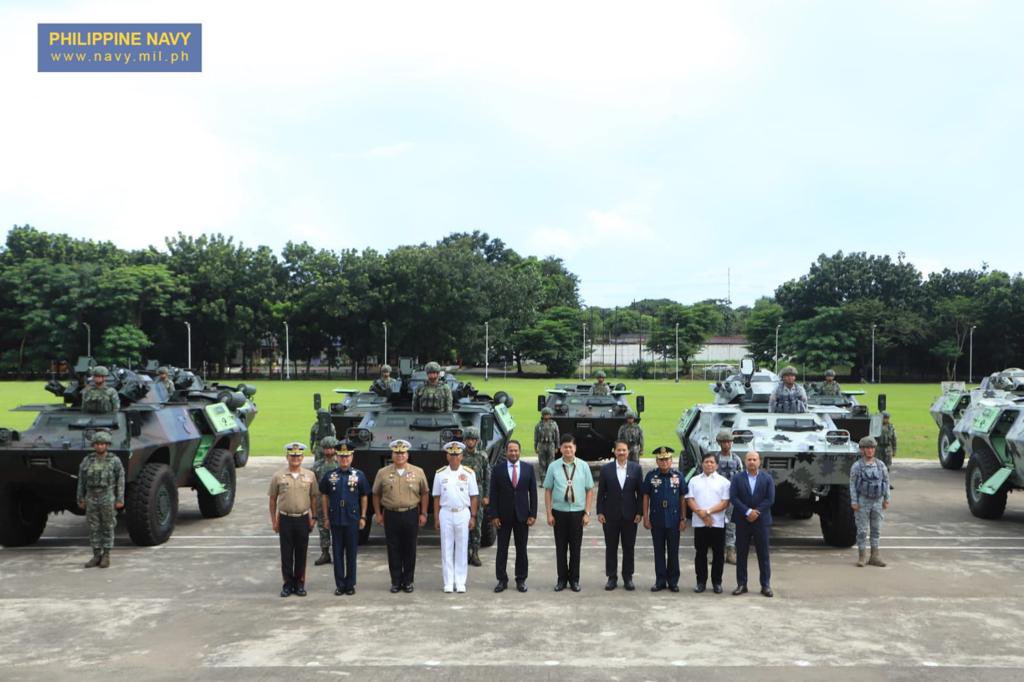
In a formal ceremony held at the Philippines Marine Corps Headquarters, Indian Ambassador to the Philippines, Shambhu Kumaran, participated in the handover of upgraded armored vehicles by Indian company Larsen & Toubro (L&T). This significant event marks a milestone in the cooperation between India and the Philippines in bolstering the latter’s defense capabilities.
The Philippines Armed Forces (AFP) awarded the Light Armor System Upgrade (LARSU) contract to Larsen & Toubro in 2019. This contract underscores the commitment of both countries to enhance the operational readiness of the Philippine Navy and the Philippine Air Force. The focus of this upgrade effort is to revitalize the existing Light Armor Vehicles (LAVs) used by the Marines and Air Force components.
Continue readingSOURCE: IDRW.ORG TEAM

Abhishek Modi, the Managing Director of Swadeshi Empresa Private Limited, has seen his company’s fortunes soar following a substantial contract win with the Indian Navy. Swadeshi Empresa recently secured orders valued at 182 crores for the supply of 50 firefighting robots to the Indian Navy. This remarkable achievement has propelled Abhishek Modi into the spotlight.
The success story began when Swadeshi Empresa’s firefighting robot underwent rigorous testing aboard INS Vikrant, where it participated in extensive user trials. Over a span of two months, the robot demonstrated its capabilities in locating and extinguishing fires effectively. The trials proved the robot’s worth as an invaluable asset in combating onboard fires, enhancing safety, and protecting naval vessels.
Continue readingSOURCE: RAUNAK KUNDE / NEWS BEAT / IDRW.ORG

The Aeronautical Development Establishment (ADE), a premier aeronautical laboratory under the Defense Research and Development Organization (DRDO) in India, is making significant strides in advancing aviation technology. One of their latest endeavours involves the development of Flight Control System (FCS) Test Facilities for both manned and unmanned aircraft programs. This initiative reflects India’s commitment to strengthening its aviation capabilities and fostering indigenous innovation.
ADE has established itself as a hub of aerospace excellence in India. As a vital component of DRDO, ADE is at the forefront of research and development in aeronautics, contributing to the nation’s defence and scientific progress. Their pursuit of cutting-edge technology is evident in their latest project: the creation of FCS Test Facilities.
Continue readingSOURCE: RAUNAK KUNDE / NEWS BEAT / IDRW.ORG
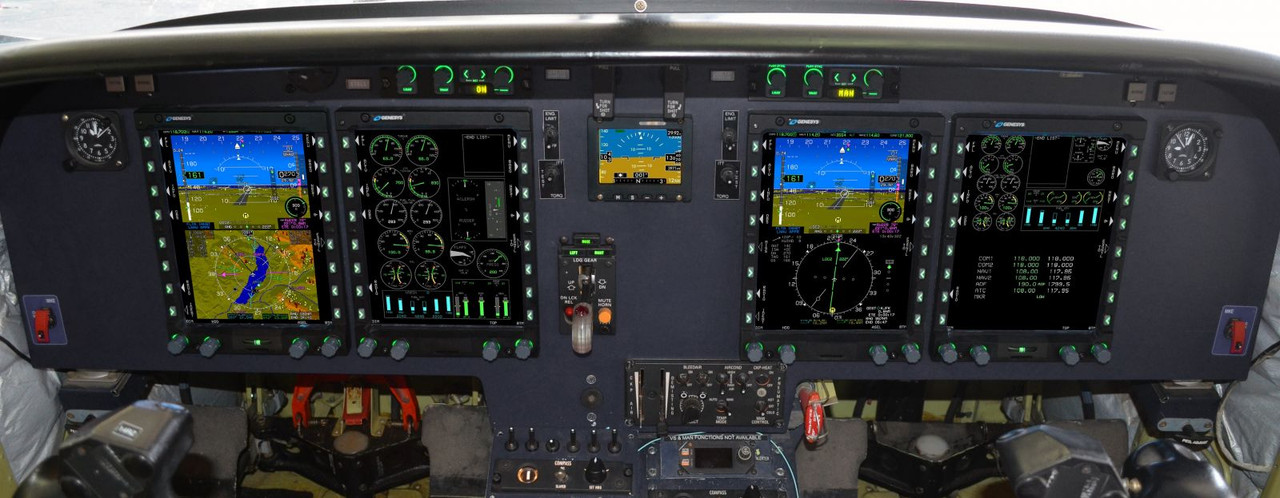
In a significant development, Hindustan Aeronautics Limited (HAL), a prominent Indian state-owned aerospace and defence company, has received the crucial Acceptance of Necessity (AoN) from the Ministry of Defence (MoD) for a comprehensive upgrade of nearly 60 Dornier-228 aircraft. These aircraft are already in service with the Indian Air Force (IAF) and the Indian Navy, and this modernization initiative represents a substantial step forward in enhancing their operational capabilities.
The Dornier-228 is a versatile and reliable multi-purpose light transport aircraft. HAL’s Transport Aircraft Division in Kanpur has been manufacturing these aircraft since 1985. Over the years, HAL has produced approximately 125 Dornier-228s, establishing the aircraft as a trusted workhorse for various military and civil applications.
Continue readingSOURCE: RAUNAK KUNDE / NEWS BEAT / IDRW.ORG

The Indian military is closely observing the effective use of SpaceX’s Starlink satellite internet service by Ukraine’s military, which has significantly improved broadband communications in its defence efforts against Russia. This development has prompted Indian military strategists to explore the possibility of establishing their satellite constellation to enhance communication, imagery, and internet services on the battlefield.
Space startups in India are likely to play a crucial role in the development and deployment of such a satellite constellation. The goal is to create a dedicated satellite network that can support military operations with reliable and secure connectivity, even in remote or hostile environments.
Continue readingSOURCE: IDRW.ORG TEAM

India has embarked on the testing phase of an updated quartz nose cone, a significant development for the LCA-MkII program. This move signals India’s intent to reduce its reliance on the British company Cobham for such critical components.
The indigenous quartz nose cone, developed within the country, is currently undergoing mandatory testing procedures. Once these tests are successfully completed, the production and supply of these nose cones will be transitioned to Indian private sector companies.
Continue reading